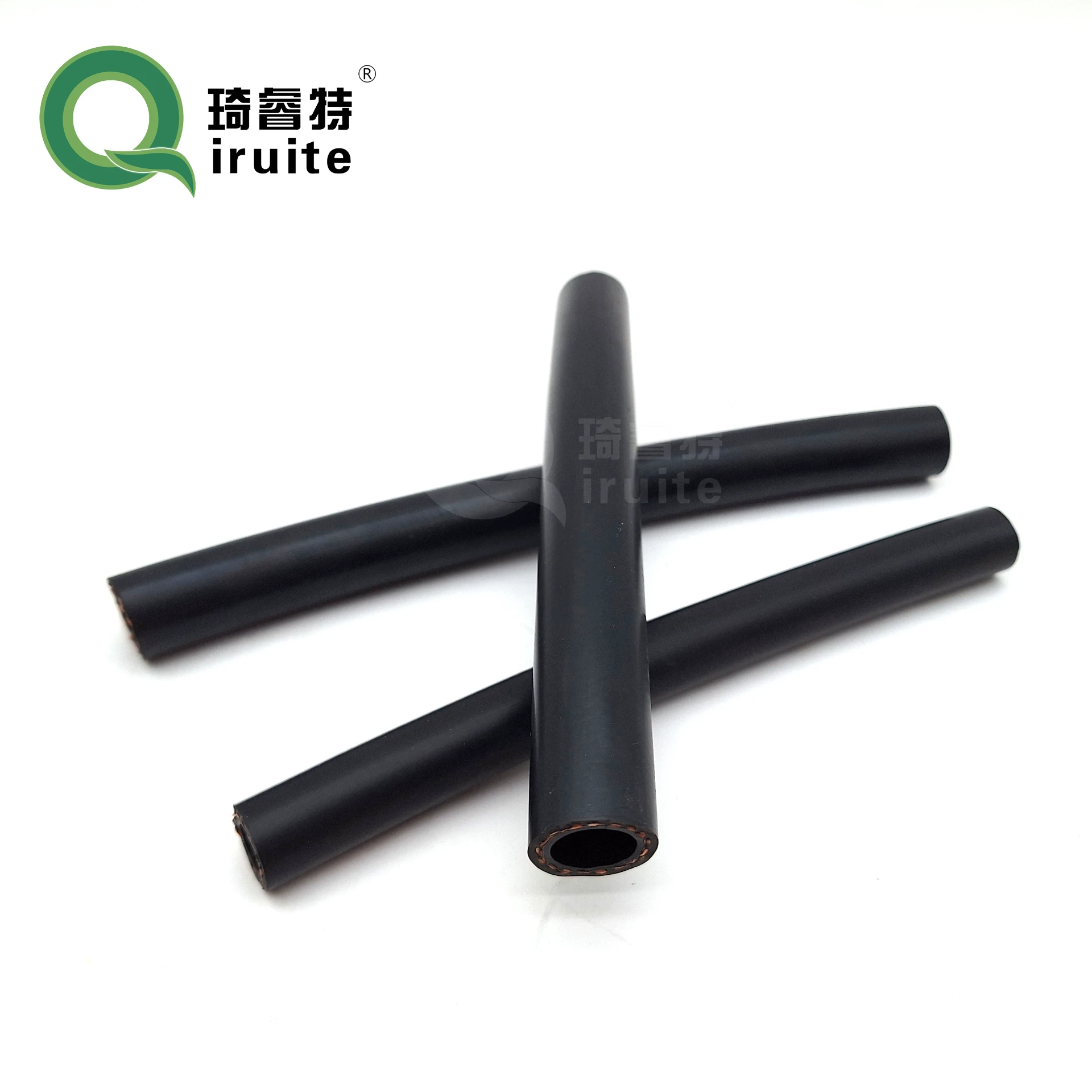Steps to Fix a Damaged Power Steering Hose Effectively and Safely
How to Repair a Power Steering Hose A Comprehensive Guide
Power steering is essential for modern vehicles, providing ease and control while driving. However, like any component of a car, the power steering system can develop issues over time. One common problem is a leak in the power steering hose. If you notice fluid spots under your vehicle or find it difficult to steer, it might be time to check and repair the power steering hose. This guide will walk you through the steps necessary to repair a power steering hose.
Understanding the Power Steering Hose
The power steering hose is responsible for transporting fluid from the power steering pump to the steering gear, enabling the system to assist with steering. There are typically two types of hoses in the power steering system the high-pressure hose and the return hose. The high-pressure hose carries fluid from the pump to the steering rack, while the return hose sends fluid back to the reservoir.
Signs of a Damaged Power Steering Hose
Before you begin the repair process, it’s crucial to confirm that the power steering hose is the source of the problem. Look for the following indicators
1. Fluid Leaks Bright red or clear fluid under the vehicle signifies a leak. 2. Steering Difficulty If your steering feels heavy or unresponsive, it could be due to low fluid levels caused by a leak. 3. Unusual Noises A whining or groaning sound when turning the steering wheel can indicate a failing power steering system.
Tools and Materials Needed
Before starting the repair, gather the necessary tools and materials
- New power steering hose (specific to your vehicle model) - Fluid (power steering fluid recommended for your vehicle) - Wrench set - Hose clamp (if necessary) - Screwdriver - Clean rags - Bucket or drip pan
Step-by-Step Repair Process
1. Safety First
Before starting any vehicle repair, ensure safety. Park your vehicle on a level surface, engage the parking brake, and turn off the engine. Allow any hot components to cool down before proceeding.
2. Locate the Power Steering Hose
Open the hood and identify the power steering pump. The hoses connected to it should be visible. Determine whether you need to replace the high-pressure hose, the return hose, or both.
how to repair power steering hose

3. Drain the Power Steering Fluid
To prevent a mess, place a bucket or drip pan under the power steering system. Use a wrench to carefully remove the hose connection at the pump or rack, allowing the fluid to drain into the container. Be cautious, as the fluid may be pressurized.
4. Remove the Damaged Hose
Using the appropriate wrench, loosen and remove the damaged power steering hose from both the pump and the steering gear. Take note of how the hose is routed, as you will need to install the new hose in the same manner.
5. Install the New Hose
Compare the new power steering hose with the old one to ensure it’s the correct size and type. Attach the new hose to the power steering pump and steering gear, ensuring the connections are secure. If your vehicle uses hose clamps, ensure they are fastened tightly.
6. Refill the Power Steering Fluid
With the new hose installed, it’s time to refill the power steering fluid. Open the power steering reservoir and add fluid as needed, checking the level against the manufacturer's specifications.
7. Check for Leaks
Start the engine and let it run for a few minutes while turning the steering wheel from side to side. This helps circulate the fluid throughout the system. Inspect the hose connections for any leaks. If you notice any, ensure the fittings are tight.
8. Dispose of Old Fluid
Finally, dispose of the old power steering fluid and any materials used during the repair according to local regulations.
Conclusion
Repairing a power steering hose can seem daunting, but with the right tools and a methodical approach, it can be accomplished with relative ease. Regular maintenance and timely repairs will keep your power steering system functioning optimally, ensuring a safe and comfortable driving experience. If at any point you feel uncertain about the process, don’t hesitate to consult a professional mechanic for assistance.
-
Ultimate Spiral Protection for Hoses & CablesNewsJun.26,2025
-
The Ultimate Quick-Connect Solutions for Every NeedNewsJun.26,2025
-
SAE J1401 Brake Hose: Reliable Choice for Safe BrakingNewsJun.26,2025
-
Reliable J2064 A/C Hoses for Real-World Cooling NeedsNewsJun.26,2025
-
Heavy-Duty Sewer Jetting Hoses Built to LastNewsJun.26,2025
-
Fix Power Steering Tube Leaks Fast – Durable & Affordable SolutionNewsJun.26,2025

